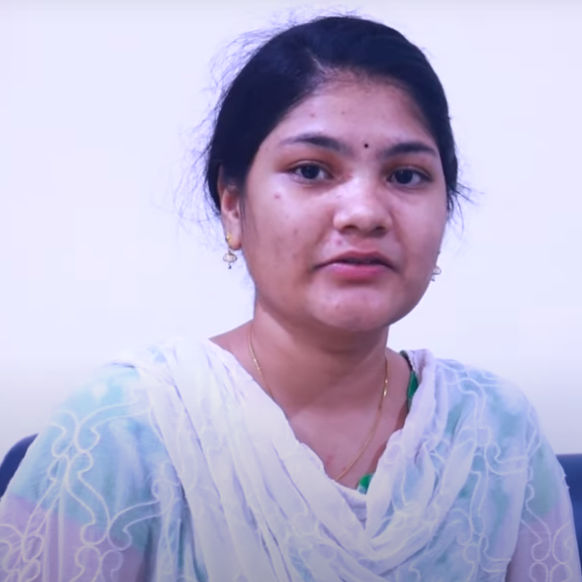Python Full Stack
Schedule A Demo
Python Full Stack Developer Course in Hyderabad
Discover the boundless potential of Python through our inclusive training program tailored for individuals at any proficiency level. Delivered by seasoned professionals deeply entrenched in Python development, our course guarantees a vibrant educational journey. Gain mastery over Python’s intricacies and empower yourself with the expertise essential to excel in the dynamic realm of technology. Explore our Python training in Hyderabad for an unparalleled learning experience, or opt for our convenient online Python course to embark on your learning journey from anywhere.
- Expert Instruction
- Hands-On Projects
- Flexible Learning Options
- Career Support
- Certification
- Small Class Sizes
Description
Python emerges as a premier open-source programming language, celebrated for its adaptability and widespread integration across diverse sectors. From web development to software engineering, task automation to data analysis, Python shines in driving multifaceted applications. Its dominance in pivotal areas like Machine Learning, Data Science, and Artificial Intelligence underscores its prowess in managing intricate tasks effortlessly.
Embark on your Python training in Ameerpet, catering to individuals of all proficiencies, whether you’re a newcomer or a seasoned practitioner aiming for skill refinement. Our comprehensive syllabus encompasses fundamental programming principles such as Sequences, Functions, File Operations, and Object-Oriented Programming (OOP), alongside specialized topics like NumPy, Pandas, Matplotlib, and Web Development.
Dive into the realm of Python with SSLabs, renowned as the best institute for Python in Hyderabad, situated in the heart of Ameerpet. Our courses extend beyond physical boundaries, offering the convenience of online Python training. Crafted by seasoned industry stalwarts with extensive practical knowledge, our curriculum ensures hands-on learning experiences through project-based training. Immerse yourself in real-world projects, acquiring invaluable skills and confidence to tackle complex challenges adeptly.
Course FAQ's
Yes, you can reach out to our team by just filling a form or you can call directly and attend a free demo class at the scheduled time.
You can always attend our next consequent batch and catch up with the missed classes or you can get recorded video classes.
Yes you can reach out to us after the course and we will help you with your queries and doubts regarding the course.
You will gain enough knowledge in the Python programming language and will be able to build applications.
Yes, we offer guaranteed placement assistance after the completion of the Python course.
Testimonial
Whats our students said
Elevate your expertise with our comprehensive course, meticulously crafted to provide you with real-world insights and hands-on experience that employers are seeking.
I genuinely feel it is one of best institute i ever seen ..way of teaching is very good(well qualified faculty) , they treat students very well .i feel this is the best platform to improve skills ( they conduct mock interviews, seminars)they provide laboratory to students with full of equipment's (like systems, Wi-Fi)

I am happy that I chose to join in the course at SS Lab. The teaching skills demonstrated by the instructor are excellent. teaching skills are great and also provides daily assignments on that day discussed topic. clears all doubts on the spot. Overall, I am extremely satisfied with my decision to take this course at SS Lab.

I have to choose right place to learn Angular, React, Python Full Stack. Best Institute in Ameerpet. They are provided best faculty and best lab for 2 to 10 hours for practice and daily assignments they are provided. I'm extremely happy to have a course with SSLabs. Thanks to my faculty who helps me alot.

It was nice learning this institute received a very good service from my tutorial staff. He’s very helpful and responsive. He explains things well. I liked it that I took this course because I was able to do everything in my own time and it was easier for me to complete all the assignments.



